Abstract:
The easier, low cost and helthier method for desalting fibersol-2 is called “yeast application for desalting”, which product is suitable for wheight management and to control diabete; compare to ion exchange chromatohraphy method for desalting fibersol-2. The method of yeast application for desalting fibersol-2 applied brewing yeast saccharomyces cerevisiae to separate a hight-moleculat weight fraction from free glucose, which is able to increase blood glucose level after consumption. In this method Saccharomyces cerevisiae was inoculated into the hydrolysate pyrodextrin (fibersol-2 with the free sugars). Before inoculation, total soluble sugar content (18%) was diluted to about 10-11%, which is the suitable concentration for yeast fermentation. The prepared solutions were sterilized, using an autoclave at 108ºC, 0.04 MPa for 20 min. 0.5g and 1.5g per 100 ml of yeast were used for fermentation, and the mixtures were kept in tabletop heated incubating shaker for 1day and 3 days at 20?C and 30?C, in order to determine the optimum conditions for large scale production. Finally, yeast was removed by centrifugation (700g for 40min). A sample without dilution was also subjected to the fermentation process. The fermented solutions were stored at 4.0?C prior to high-performance gel filtration chromatography (HPGFC) analysis. The fermentation condition was optimally realized, and the glucose removal rate is 98.27% with the recovery 67.18%. The method of desalting fibersol-2 throught a column of strongly acid cation exchange resin for chromatography was also realized. In this method, the liquid resulting from the procedure of de-colorization with activated carbon was concentrated to about 50% solution and thereafter passed through a column of strongly acidic cation exchange resin for chromatographic separation of a high-molecular-weight fraction from the glucose fraction. The following prepared resins were used for this purpose (732# and 717#). The high-molecular-weight fraction was efficiently collected in the flow rate adjusted at the range of SW= 0.1 to 0.6, the temperature of the liquid was also adjusted to 50?C, since lower temperatures entail inefficient separation and adverse effect on the resin, whereas higher temperature will color the liquid brown and otherwise degrade the liquid. Finally, the liquid was concentrated and dried by a spray dryer, to obtain a purified indigestible dextrin having high dietary fiber content. The glucose removal rate is proved by the absence of the glucose running time in the chromatogram ; and the recovery is 64%. Both total dietary fibres content are 94%, even though the use of strongly acid cation exchange resin produces chemicals substances mixed with the prepared fibersol-2, which is not healthier. The in-vivo evaluation of fibersol-2 desalted by yeast indicated that this product help digestive system clean and healthier, prevent against degenerative diseases such as coronary heart disease, obesity and diabetes.
Keywords: Fibersol-2 desalted by yeast, Strongly acid cation exchange resin, Weight management, Free glucose, Saccharomyces cerevisiae.




